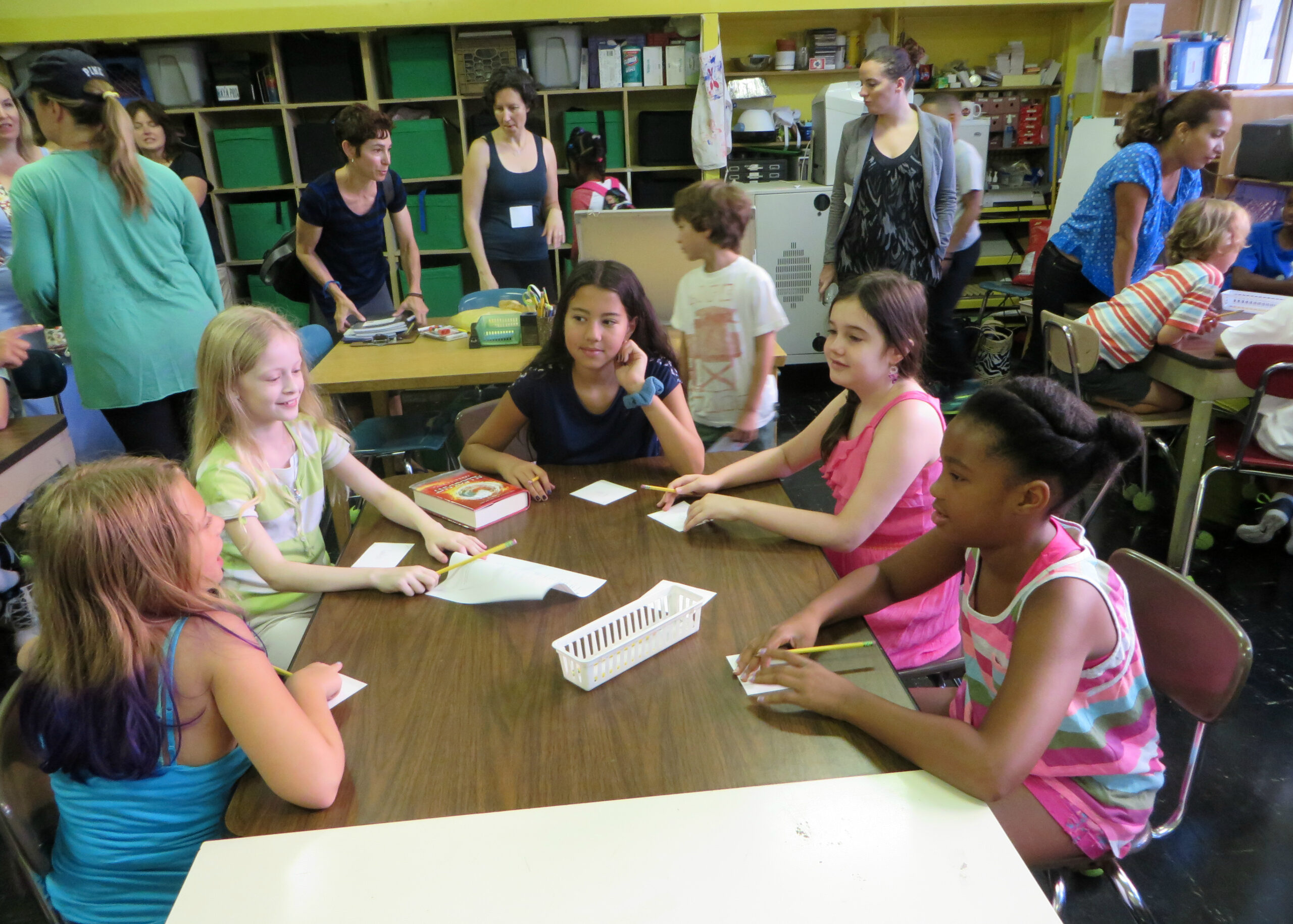Design Thinking in Grade 5

Design thinking is an innovative problem-solving method that has been used by individuals and organizations around the world to come up with creative solutions to complex problems. With its focus on empathy, ideation, prototyping, and testing, design thinking provides a framework for students to develop their critical thinking, creativity, and collaboration skills.
Here are some tips for introducing design thinking to fifth graders:
Introducing Design Thinking to Fifth Graders
Start with a simple challenge that encourages them to think creatively and empathetically. For example, you could challenge them to create a new toy for a child who is in the hospital. This challenge will help students understand the importance of empathy and how it leads to creative solutions.
Design Thinking Challenges for Fourth Graders
To help your fifth graders engage with the design thinking process, consider these three challenges:
- Rethinking the school lunch: Challenge students to come up with new ideas for healthy, affordable, and delicious school lunches. This challenge will encourage your students to think about nutrition, budgeting, and food preparation. They can then work together to design and prototype their ideas.
- Creating a sustainable garden: Challenge students to design and build a sustainable garden that can grow food. This challenge will encourage your students to think about environmental sustainability, as well as the scientific concepts behind gardening.
- Designing a public space: Challenge students to design a public space that is inclusive and accessible to the entire community. This challenge will encourage your students to think about the needs of different people. It will also get them thinking about the social and cultural factors that influence public spaces.
Tips for This Grade Level
As your fifth graders engage with the design thinking process, they may find some concepts more challenging than others. Here are some tips for helping your students engage with these concepts:
- Empathy: Encourage your students to think about the needs, experiences, and emotions of the people who will be using their designs. You can use empathy-building exercises and games to help your students develop this important skill.
- Ideation: Encourage your students to generate a wide range of ideas, even if some of them seem unrealistic or silly. This will help your students develop their creativity and generate a diverse range of solutions.
- Prototyping: Provide your students with a range of materials and tools to prototype their designs, including paper, cardboard, modeling clay, and craft supplies. Encourage your students to experiment with different materials and techniques to find the best way to bring their ideas to life.
Recommended Building Materials
To prototype and test their designs, your fifth graders will need a range of building materials that are both affordable and easy to work with. Here are some suggestions:
- Cardboard: Cardboard is a versatile and affordable material that can create prototypes for a wide range of designs.
- Recycled materials: Encourage your students to bring in recycled materials from home, such as plastic bottles, paper rolls, and old clothes, to use in their prototypes.
- Modeling clay: Modeling clay is a fun and easy material to work with, and it can create detailed prototypes of small objects and structures.
In Conclusion
Introducing the design thinking process in fifth-grade classrooms fosters creativity, critical thinking, and empathy. By nurturing these skills, students become equipped to tackle real-world challenges with confidence and make a positive impact on the world around them. Empower your students to embrace innovation, collaboration, and reflection as they develop the mindset and tools for success in the 21st century.
If you found this content helpful, you might enjoy this series of Imagineerz blog posts and check out Get Started with Design Thinking!


